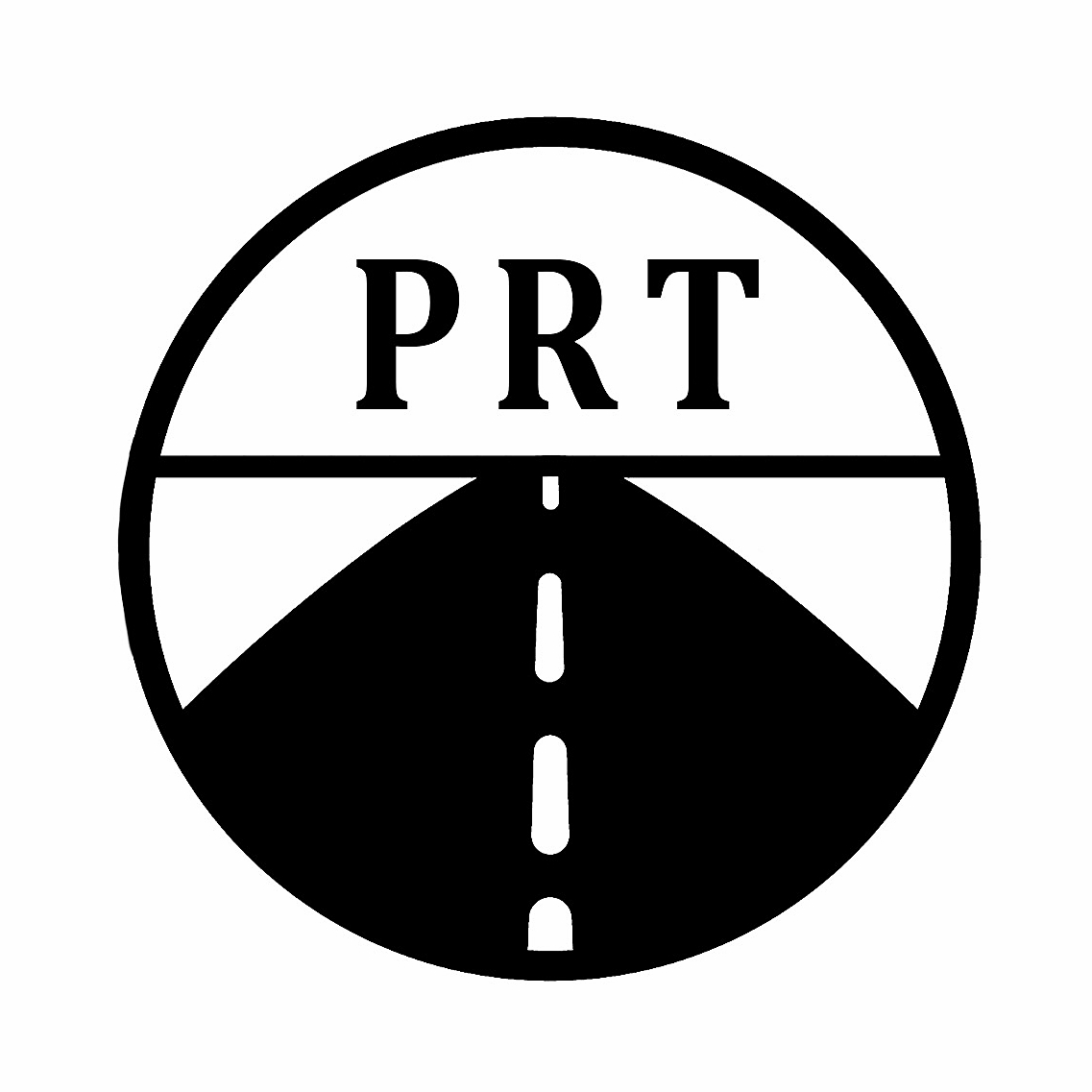PMP® Exam Prep
ITTOs - the fourth Layer of six
Do I Really Need To Memorize These ITTOs?
Why the answer is yes
Early on in your PMP exam preparation, as you begin to read through the PMBOK® Guide, you will quickly see the pattern of each chapter covering a knowledge area, describing each process within that knowledge area in turn, and the information flows into and out of each process as well as the tools and techniques within.
The pattern repeats over and over, as patterns do, and the shear volume of detail within each chapter can feel overwhelming. After a few chapters you begin to get a glimmer of realization that there are some information flows between processes within different knowledge areas, and you suspect that some of these are important to comprehend, but the mass of detail is so overwhelming you wonder how you could possibly get your head around it all.
These inputs, tools and techniques, and outputs are commonly referred to collectively as ‘ITTOs’. Students wonder if they really need to memorize all of these ITTOs to pass the PMP exam. Then they start seeing some practice questions that are pure ITTO questions, of the form: “which of the following is not a tool or technique of Control Quality” for example, and they suspect that investing some effort in memorizing the ITTOs is probably a good investment of their time. This is correct. Now: how to go about it?
The value of visualization
To deal with the overwhelming mass of detail, focus on the more fundamental ITTOs. Visualization will help you see patterns and context, which will help with comprehension and memory retention. Diagraming the more important information flows will be extremely helpful. Then, studying these diagrams and meditating on the PMI framework for project management which is revealed through these diagrams, you will deepen your understanding of this entire framework and memorize the more fundamental ITTOs more effectively. Compared with an attempt to indiscriminately memorize all of the ITTOs through flashcards, this use of focused diagrams rich with context will be much more effective.
We have created such diagrams, which our students have found extremely helpful. We have diagrams for each of the knowledge areas, as well as diagrams that span several knowledge areas, focused on a specific concept, such as deliverables or change requests. The diagrams provide focus and visual context which helps with memorization, and also helps the student develop a deeper understanding of the PMI framework for project management more quickly. We call these our ‘Secret Sauce Diagrams’.
Immersive exercises for deep learning
These diagrams are not a silver bullet, however: effort is required to study and really absorb their meaning. Our drag & drop ITTO exercises, found in the student portal on our web site, help students interact with these diagrams and absorb their contents and meaning more thoroughly. You’ll see a glimpse of these interactive drag & drop exercises in the video above.
We make these ITTO exercises and everything else in our student portal available to our eLearning course students and to our classroom course students at no additional cost.
The real goal
The real goal of studying these ITTOs is to develop that deeper understanding of what each process does, and how the processes interact with each other. Use the diagrams to deepen your understanding about the processes and their interactions, and you will learn the more important ITTOs along the way.
Keep in mind that the knowledge areas — and indeed the processes themselves — are conceptual slices of the discipline of project management. At any given moment in your work as a project manager, you may be seamlessly transitioning between multiple processes in multiple knowledge areas. The understanding of the PMI framework that you gain through studying for the PMP exam will help you recognize and categorize what you are doing in your project management work, giving you better contextual understanding and ideas about other things you may want to be doing, for the sake of your project.
